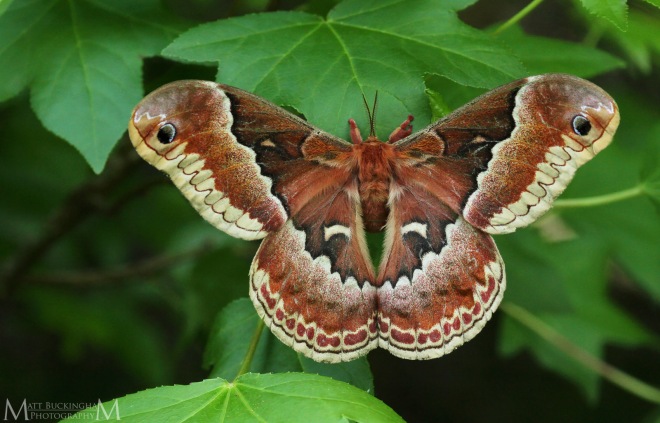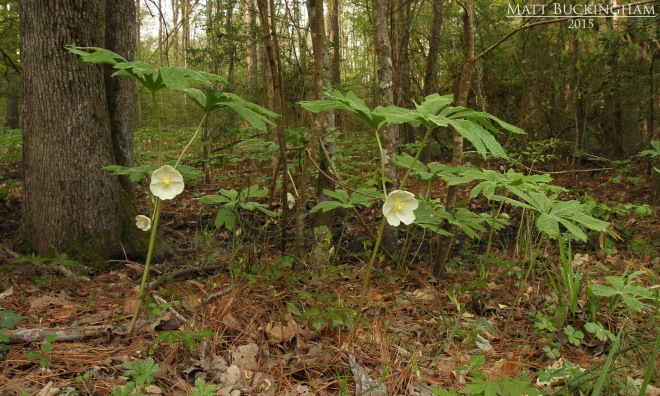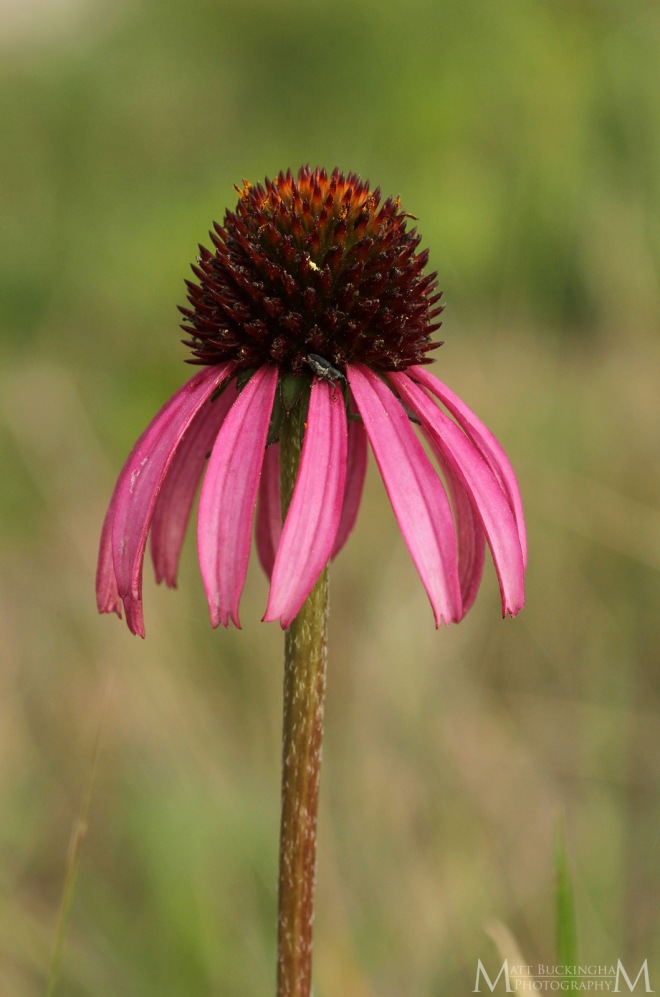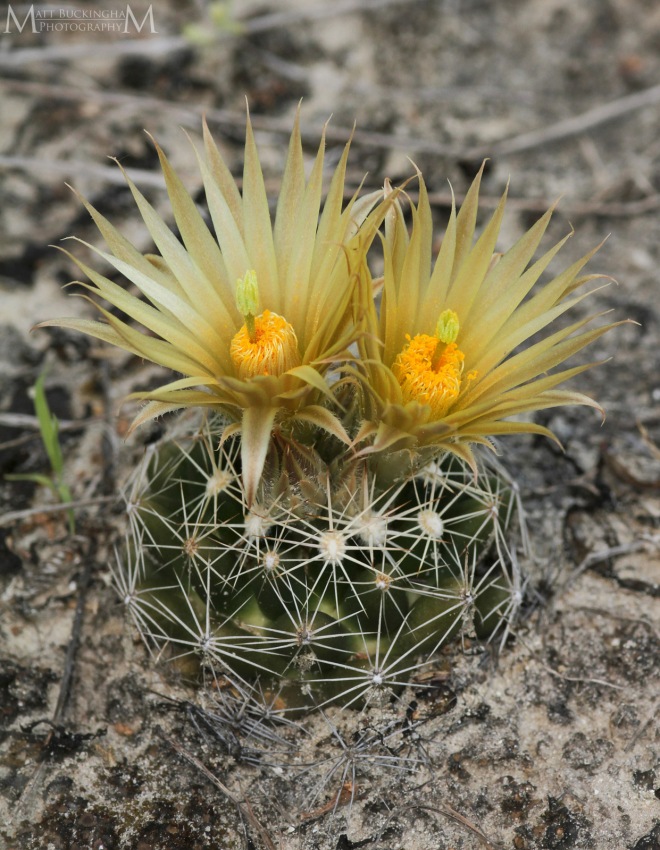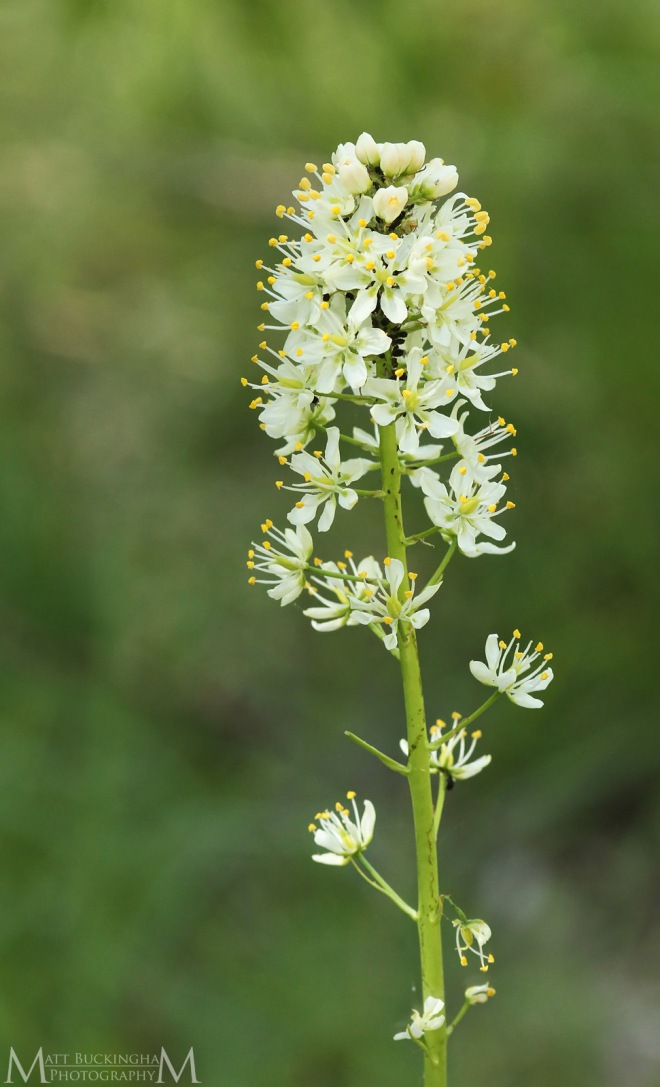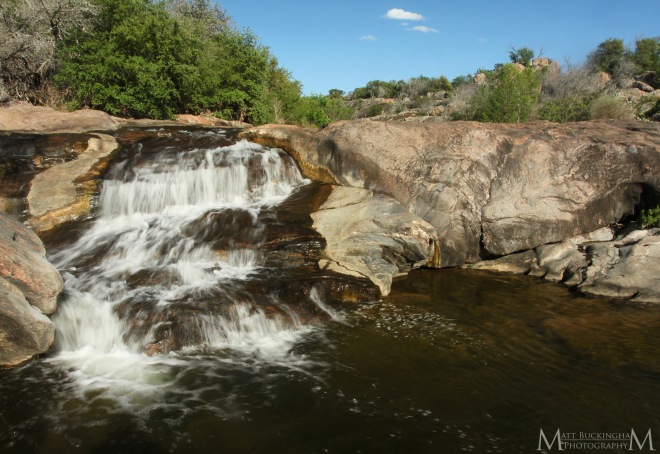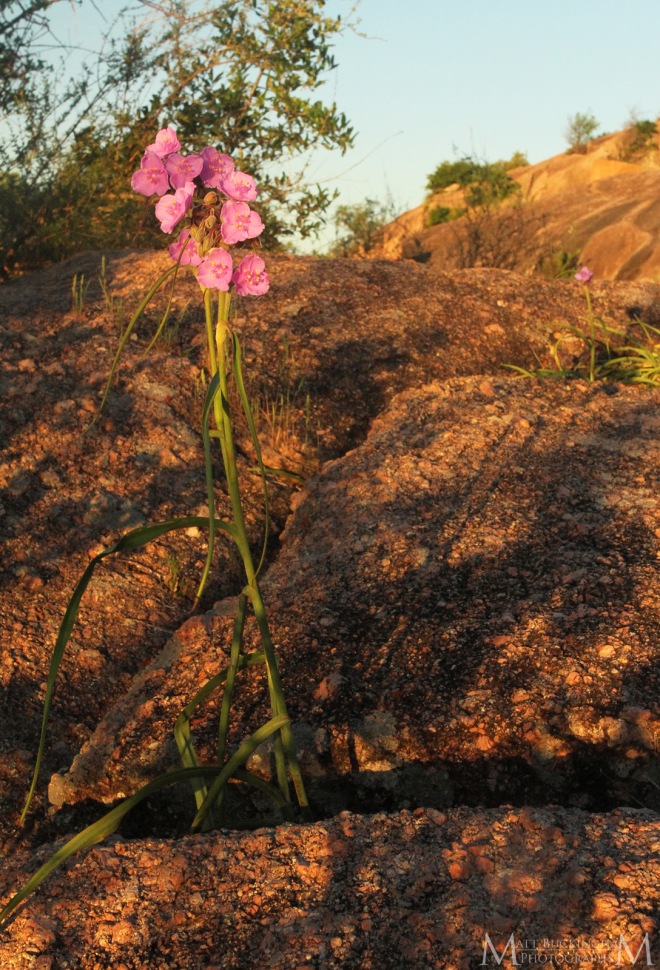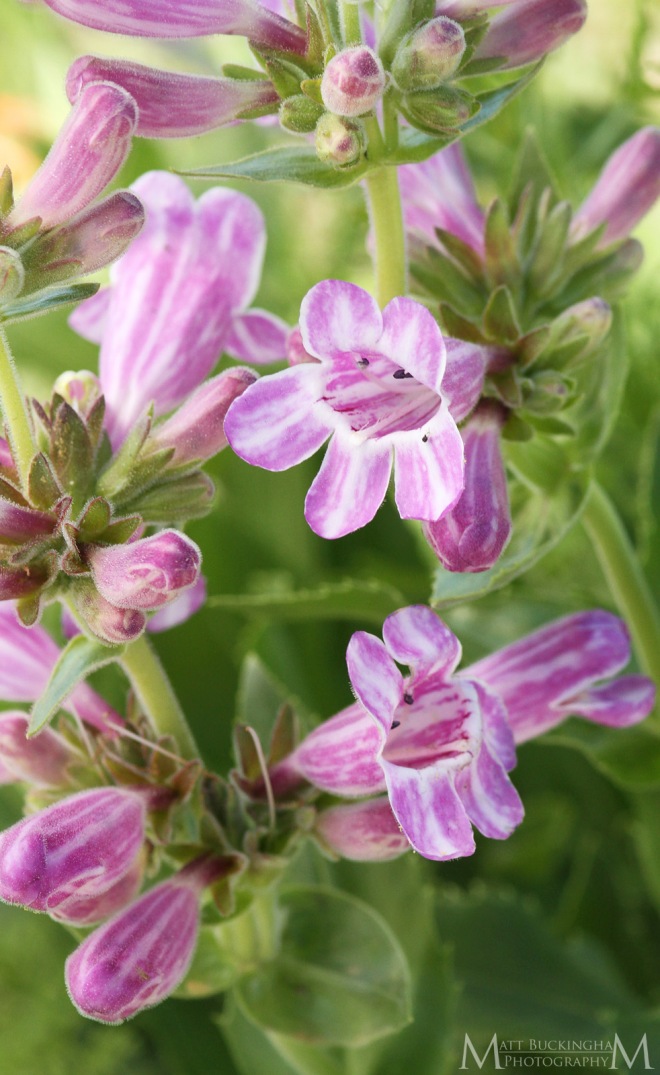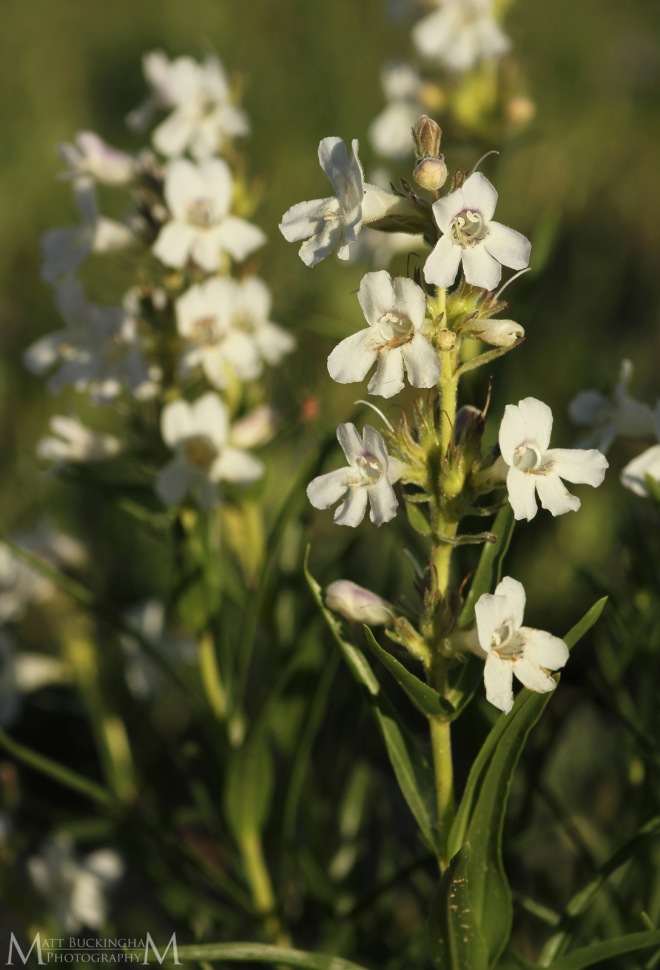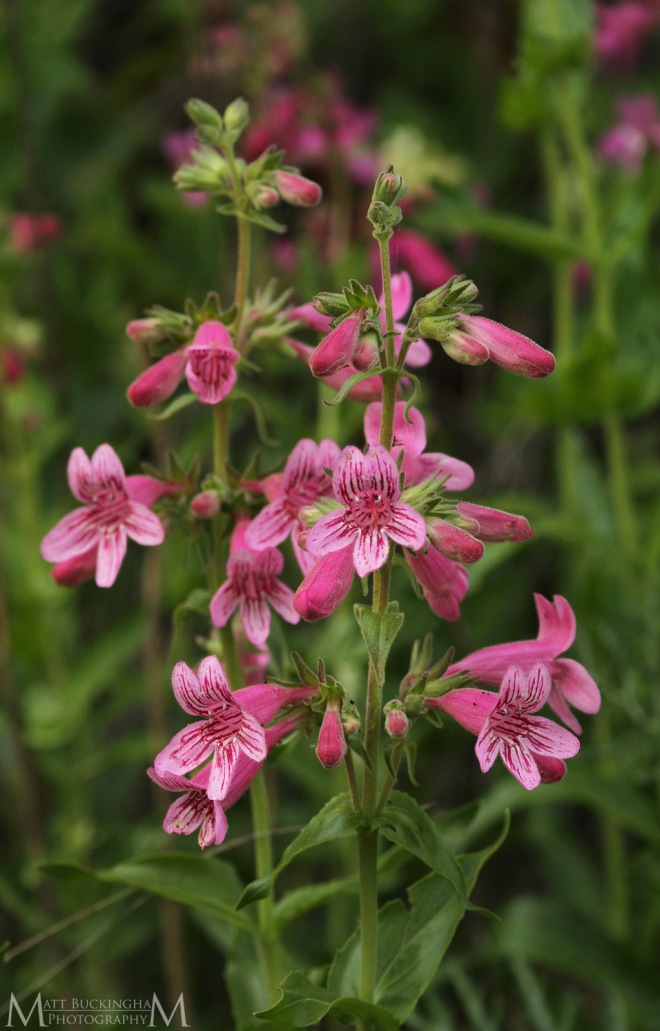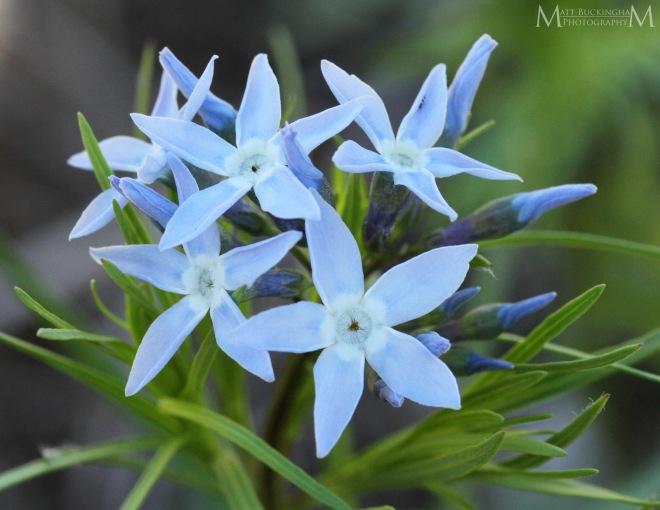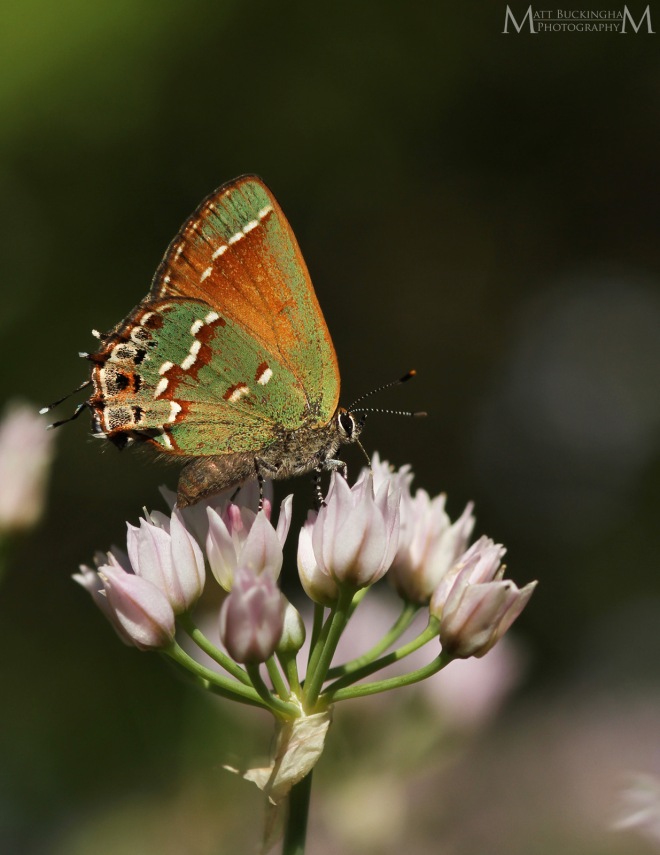
Remnant Chalk Prairie
I must admit, the Pineywoods have always felt like a priority. Beneath the towering trees is where I feel most at home. It makes sense, of course, as it is my backyard. It is where I spent my youth exploring, learning, developing as a naturalist. But as more time passed, and I gained the means to do so, I came to realize that I didn’t have to limit myself so close to home. In other words, what if my backyard were to get a lot bigger?
So I started branching out. Carolina and I made occasional forays to the Edwards Plateau, to South Texas, to West Texas. There remained one ecosystem, however, that I had left woefully unexplored – the vast prairies that dominated the northern part of the state. I don’t mean the fingers of Blackland that reach into the Pineywoods, or the vanishing coastal prairies that I fought hard to protect years ago. I longed to see seemingly endless expanses of prairie, with grasses and wildflowers stretching as far as the eye could see. Places with names like “Grand Prairie”, that conjured up images of a land spectacular for its desolation, where trees would not hide the sun on its daily journey from horizon to horizon. As is the story with so much of the state, such places have become rare. Rare – but not lost.
So in late April Carolina and I decided to set out to explore this foreign land. Being obsessed with our states natural history, many of the plants and communities we would encounter were already familiar to me. We made our acquaintance over countless hours spent pouring over field guides, natural history books, inventories, and scientific papers. But this would be my first time encountering so many of them in the flesh, so to speak.
We began our journey near the southern reaches of the Cross Timbers and Prairies, near where the Lampasas Cut Plains reach their northern extent. Here we found remnant chalk prairies, some extensive with bare limestone outcrops and a bizarre flora that I was not accustomed to. Perhaps the most prominent resident this time of year was the Purple Paintbrush (Castilleja purpurea).

Purple Paintbrush
The dazzling array of color and diversity of plants on the chalk prairies was awe-inspiring. Below the stately Prairie Penstemon (Penstemon cobaea) can be seen towering above Purple Paintbrush and Engelmann’s Sage (Salvia engelmannii). The latter is a Texas endemic.
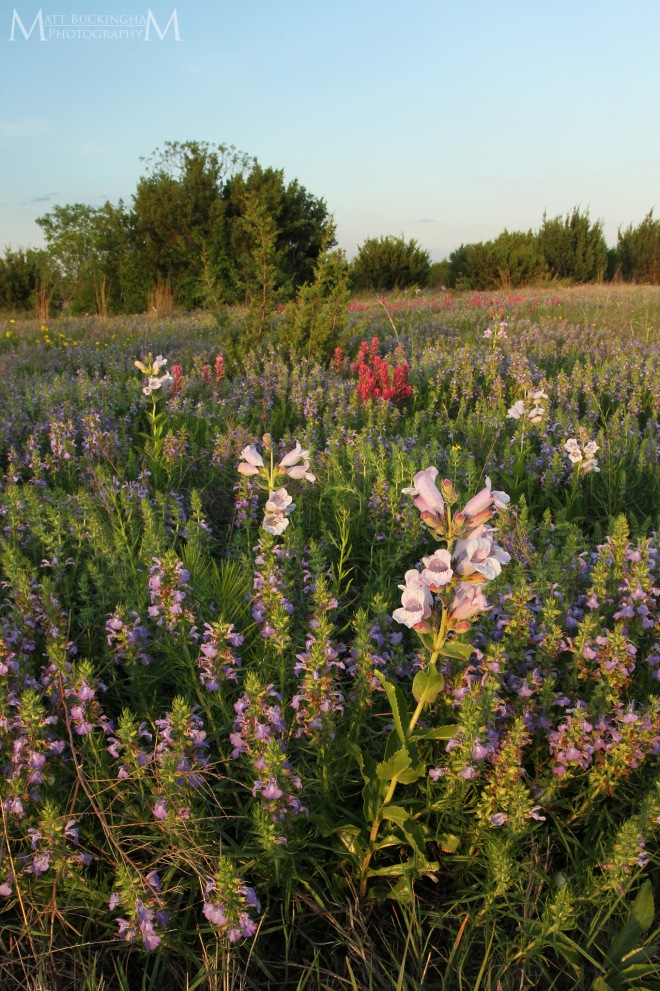
Prairie View
We stayed in this special place as dusk took hold over the land and the moon shone in the skies above.

Moon over the Prairie
We left as darkness enveloped the land and drove north into the heart of the Grand Prairie. I had hoped that we might catch a glimpse of some crawling or slithering thing in the road in front of us, but the hour-long drive was uneventful. We found a base of operations in a hotel in Decatur. The next morning I rose an hour before dawn and as Caro caught some extra sleep I set out to try to capture some images in the early morning light. Before the sun crested the horizon I captured the image below of Purple Paintbrush and Barbara’s Buttons (Marshallia caespitosa) in bud.
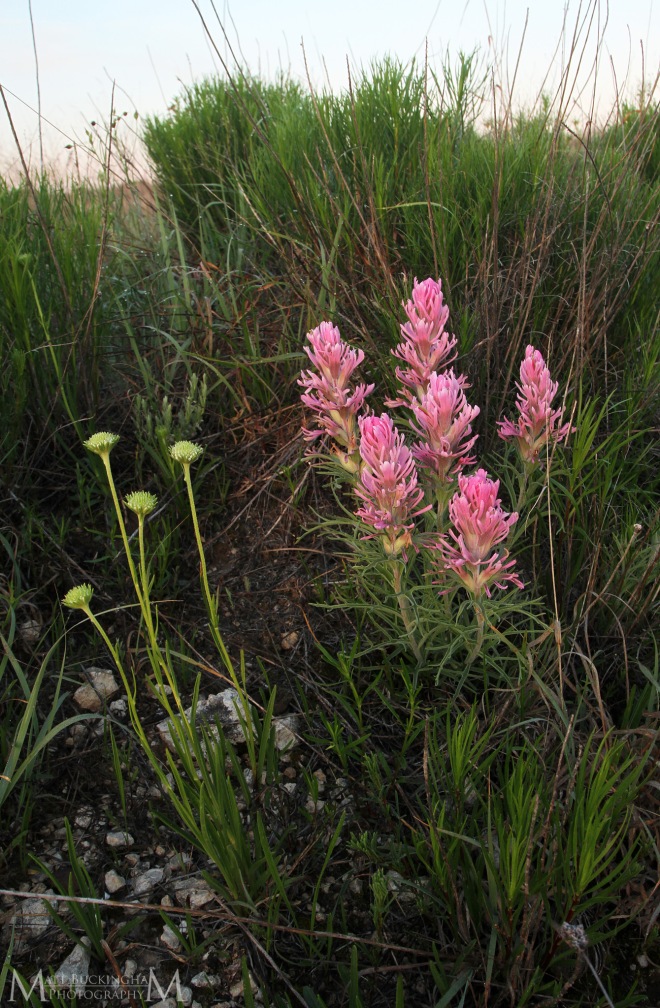
Purple Paintbrush
I had no pre-conceived image that I was out to capture that morning; instead I planned to let my eyes wander, and hoped that the scene might present itself. I enjoy this sort of photography, and it takes me back to part of what hooked me on photography in the first place. These days I seem to always have a shot in mind, or some target that I’m seeking. Sometimes it’s enjoyable to let the image find me for a change. And so this large group of Missouri Evening Primrose (Oenothera macrocarpa) called to me, and I photographed them as the sun crested the horizon. This classic prairie wildflower has huge flowers, and equally impressive fruits, which I unfortunately did not photograph.
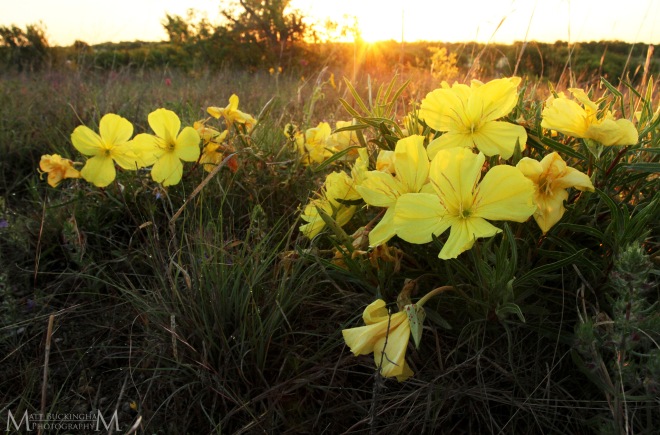
Missouri Evening Primrose – Chasing the Sun
As the sun rose higher into the morning sky I returned to the hotel. After breakfast, Caro and I set out to explore the Lyndon B. Johnson (LBJ) National Grassland. Akin to the National Forests of East Texas, LBJ Grassland set aside parcels for multiple uses by the public. Much of the area is suffering from the typical array of factors that result in the ecological degradation of prairies – encroachment by woody species due to a lack of cyclical disturbance such as grazing and fire – but we did find some areas where the prairie was still thriving. It was in one such recently burned area that I caught a flash of pink. It was a species I was very much hoping to see – the Eastern Shooting Star (Dodecatheon meadia).

Eastern Shooting Star
As we explored the LBJ, we noticed several exposed limestone ridges. It was here, I hoped, that I might find the Grooved Nipple Cactus (Coryphantha sulcata) and Beehive Cactus (Escobaria vivipara) in bloom. While we were successful in finding both species, their fleeting flowers eluded us. We were, however, rewarded with a fine consolation prize: several Missouri Foxtail Cacti (Escobaria missouriensis) in bloom.

Missouri Foxtail Cactus
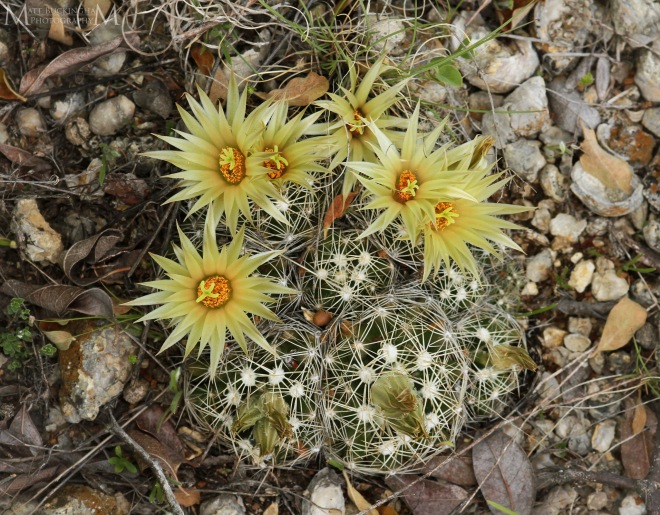
Missouri Foxtail Cactus
As the sun sank once more toward the horizon, we found ourselves on a high grassy ridge that overlooked a series of eroded canyons. Here we found a large population of Nuttall’s Death Camas (Toxicoscordion nuttallii). This species was on my 2017 list, and while I did find and photograph one individual the previous year, I found this prairie to yield a far more satisfying photographic experience.
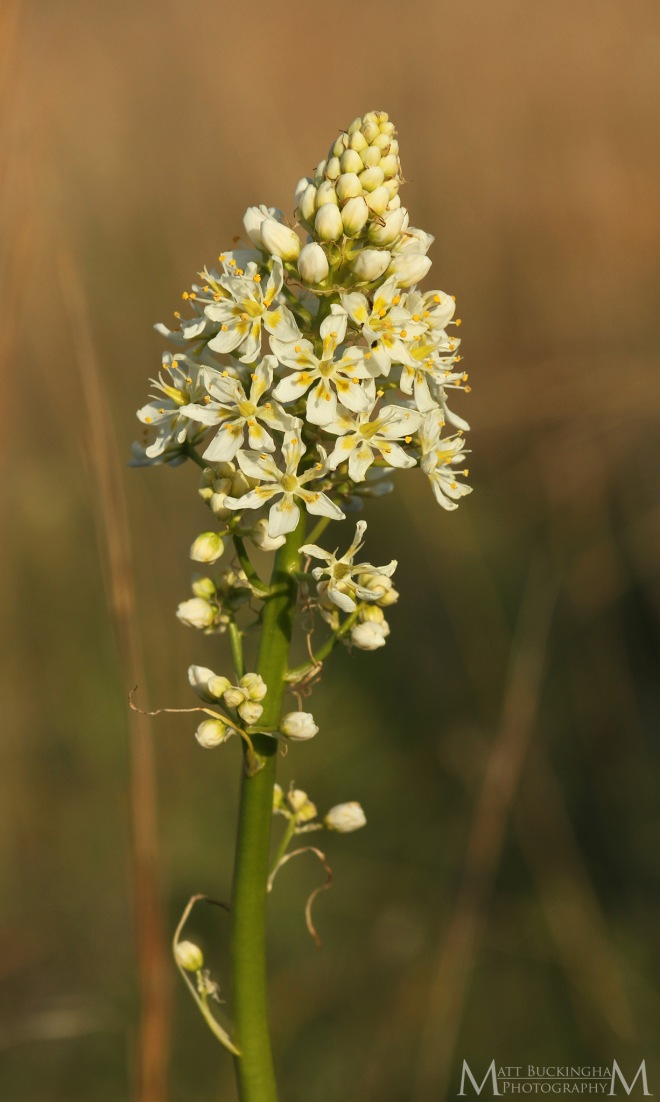
Nuttall’s Death Camas

Nuttall’s Death Camas
Descending from the high ridge, we entered the fertile valley below. Here we found interesting prairie plants like Buffalo Pea (Pediomelum cuspidatum) and Wright’s Skull Cap (Scutellaria wrightii).
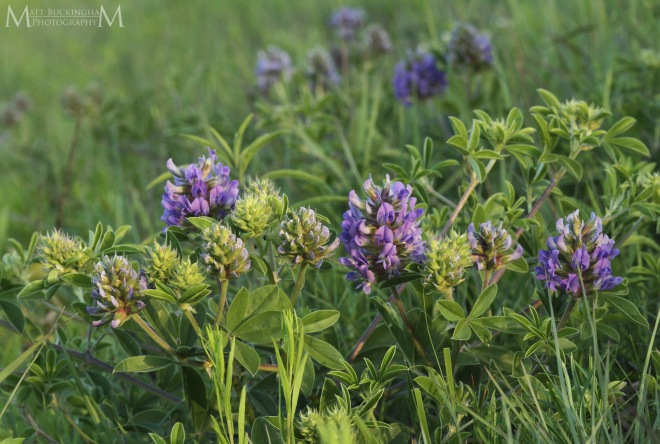
Buffalo Pea

Buffalo Pea
As the sun retreated for the day, I returned to the ridge to capture some landscape images of the Nuttall’s Death Camas in the pink light of dusk. It was a beautiful scene, which we breathed in under the darkening sky.
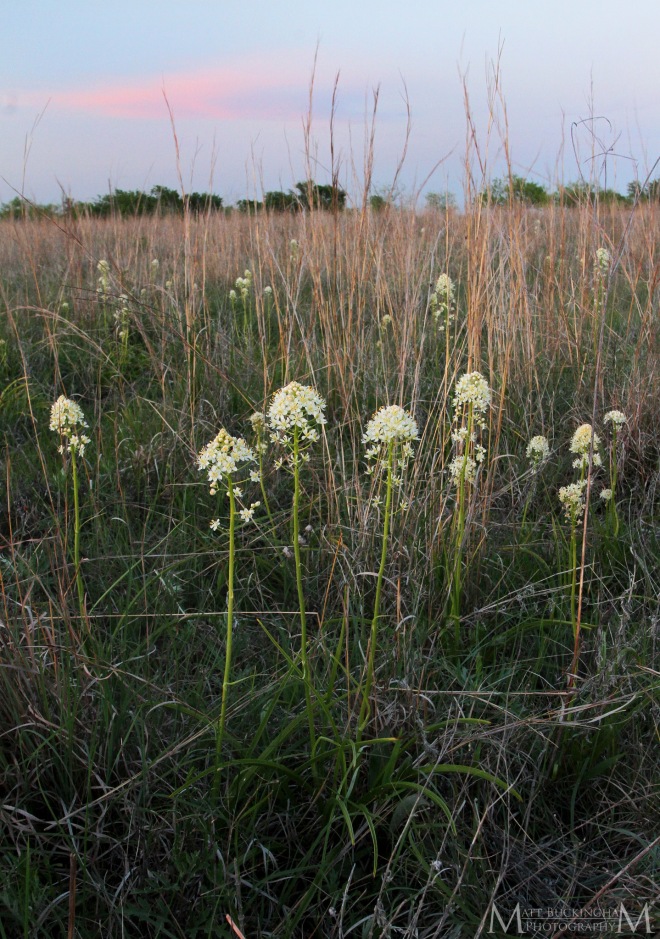
Death Comes to the Prairie
The next morning we rose early and pushed north toward the Red River, and deeper into the Grand Prairie. As we were admiring the gently rolling terrain andorned with a mingling of prairie and woodland, a flash of pink once again caught my eye. It was another group of Eastern Shooting Stars! The Eastern Shooting Star is a species of open woodlands, glades, and prairie remnants in the eastern and central U.S. It reaches the southwestern extent of its range in the prairies and woodland openings of central Texas. Elsewhere in its range the blooms may be white, but in the Cross Timbers and Prairies they are deep pink. In the Lonestar State, the Eastern Shooting Star occurs in remnant prairies and open woodlands in a few counties in the north-central and northeastern portions of the state, with a few isolated populations in similar habitats in the Edward’s Plateau. It is among the most photogenic flowers I have ever put my lens on.
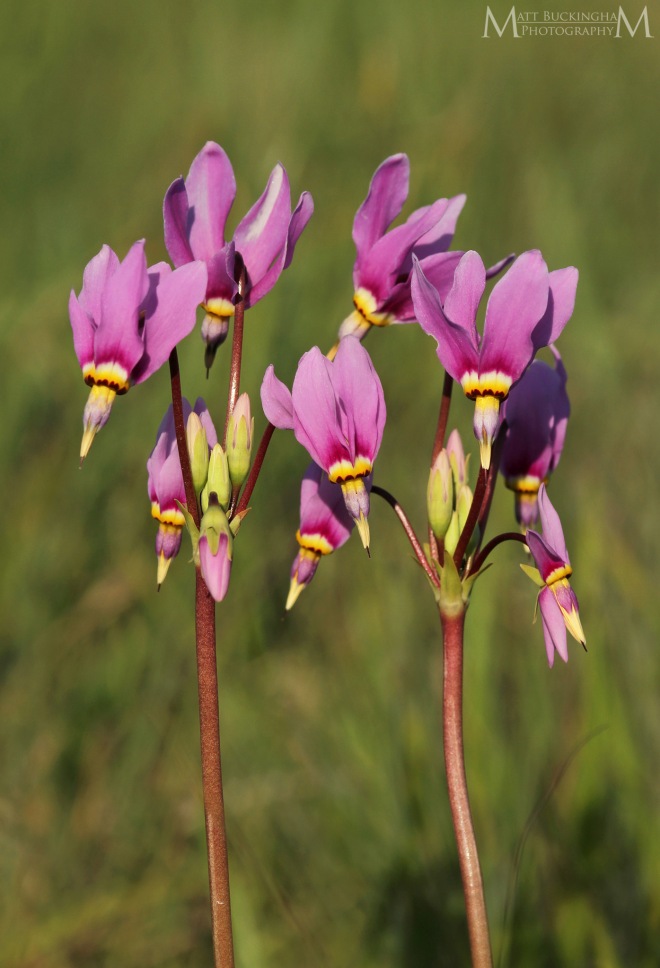
Eastern Shooting Star

Eastern Shooting Star
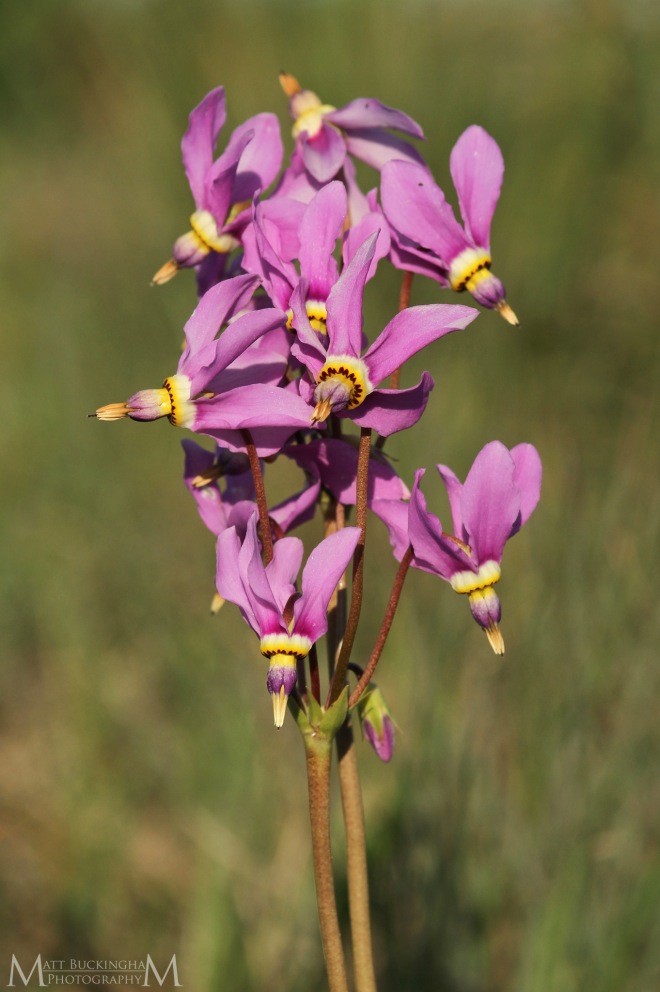
Eastern Shooting Star

Eastern Shooting Star

Eastern Shooting Star
Growing near the shoting stars were several groups of Prairie Paintbrush (Castilleja citrina).

Prairie Paintbrush
It wasn’t long before the sun rose high once again, and we had to be setting out on our return journey to the Pineywoods. We opted to take a series of remote county roads to get back to the main highway. All around the birds were active. Lark Sparrows lined the fence rows while several Upland Sandpipers worked the fields on their northward journey to their breeding grounds. Windows down, I could hear the incessant buzzy call of the Dickcissel. I have never seen such a dense population of these grassland songbirds spread out over such a large area. It seemed like every 100 feet or so a male Dickcissel had staked out his territory and was singing from some shrub or dried remnant of the previous year’s vegetation. Despite the fairly harsh light, I couldn’t resist the opportunity to capture an image of one of these prairie treasures in full song.

Dickcissel
Standing in some of these remnant prairies, it wasn’t hard to transport myself back in time. To a time when the Tawakani and Wichita still made their home here, and vast herds of bison and pronghorn dotted the expansive plain. In these moments it is easy to become frustrated and depressed at what was lost. As I looked out at the swaying grass and palette of prairie wildflowers, I chose instead to focus on what we still have and ensure that it, too, does not become a story of what once was. To learn what you can do to help protect native prairies visit texasprairie.org.


